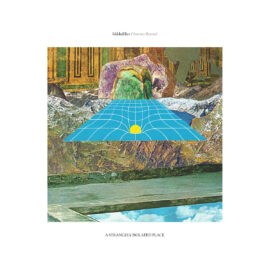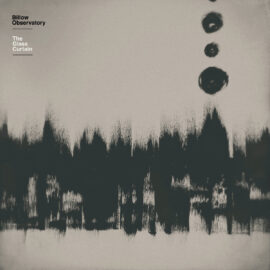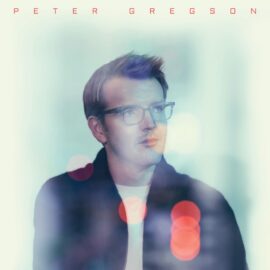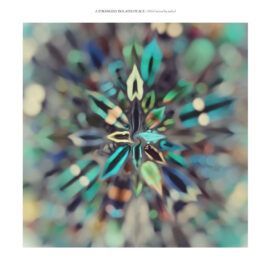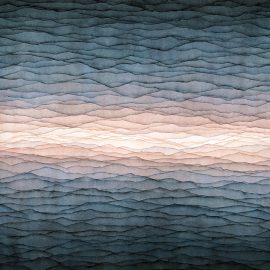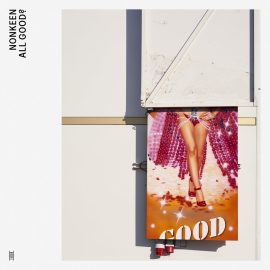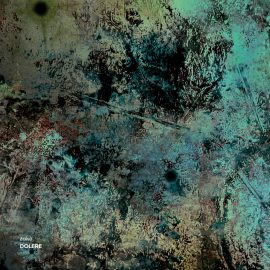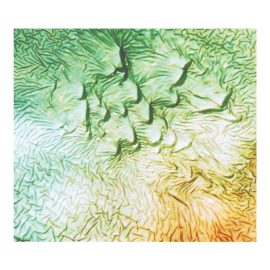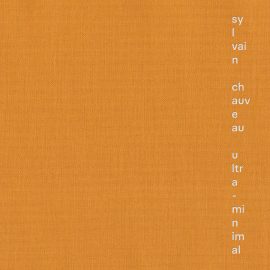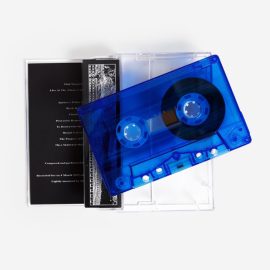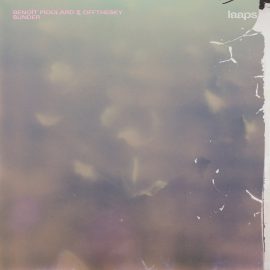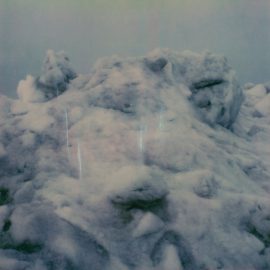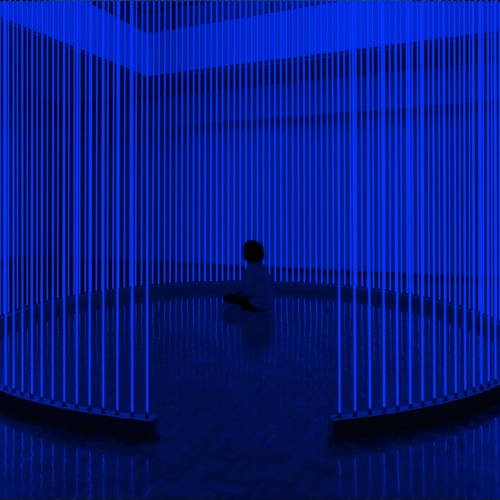 Steve Hauschild S/H Editions Mego Fans of the drippy synth stylings of Cleveland act Emeralds will likely delight in the bounty of former Emeralds member Steve Hauschildt’s sprawling two-disc retrospective. Despite Hauschildt’s origins in the 00s Midwestern noise scene, his introspective synth pieces here owe much more to Terry Riley than Masami Akita. A whopping 37 tracks recorded between 2005 and 2012, S/H ranges in nature from what feel like sketches or impressions to more full-bodied pieces. Not only is there that sense of contrast, but the sound ranges from lush and beautiful (“Familiar Scene”) to more abstract or surreal excursions (“Flatbed Scanner,” “Rapt for Liquid Minister”). In most cases, though, Hauschildt crafts a chiaroscuro landscape of sound, soft-focused but impressionistic. Whether the earlier, more droning fog of “Passing Cars” or the more recent onomatopoeia of “Galloping,” this is music that manages to get under my skin. I made the mistake of initially writing off much of S/H as simple sketches or experiments, but this is music that lingers much like its trails of delay sometimes peppered within. The three-part “Liberty” suite is especially handsome, particularly the gorgeous arpeggios of the second act. “By Buildings” is also gorgeous, a healthy contrast to the grittier sputter of a piece like “Flyswatter.” His more recent material (showcased on the first disc) is my personal favorite, although the set combined really demonstrate his versatility as well as his growth as an artist.
|
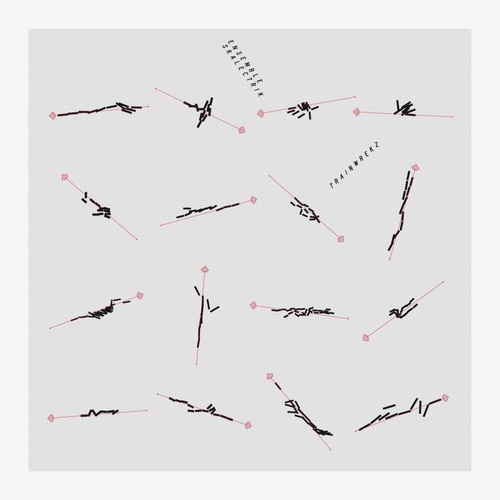 Ensemble Skalectrik Trainwrekz Editions Mego Nick Edwards has built a substantial repertoire in the last several years, much of which has revolved around his Ekoplekz project. But listening to more recent Ekoplekz efforts, it’s clear that Edwards is veering further and further away from the dancefloor into something more experimental and nightmarish. I liken the sound of Trainwrekz to the heaving, breathing, sighing electronic organisms of David Tudor, with unusual sounds squawking, chirping, and decaying in tandem, with a dash of the on-the-fly turntablism of Christian Marclay. For this album, Edwards used a stack of old vinyl (mostly sound effects and library sounds, according to Editions Mego) and played with them through a series of effects and manipulations in real-time. The result is disorienting, swirling sound, quite unlike the other stuff I’ve heard from him. It’s not surprising that these tracks channel some of the spirit of early industrial and noise artists; this is the project that recorded a lengthy homage to Maurizio Bianchi for its maiden voyage last year. While Trainwrekz is hardly easy listening, there’s something mesmerizing about its cycling, decaying phrases and patterns. Fans of vintage tape music and looping improvisations will likely enjoy getting lost in Edwards’ unusual world, getting pushed and pulled in any and every direction by his toolkit. It’s exciting to hear him step so far from dance music; indeed, Trainwrekz suggests that the outer limits may be home for Nick Edwards.
|
|
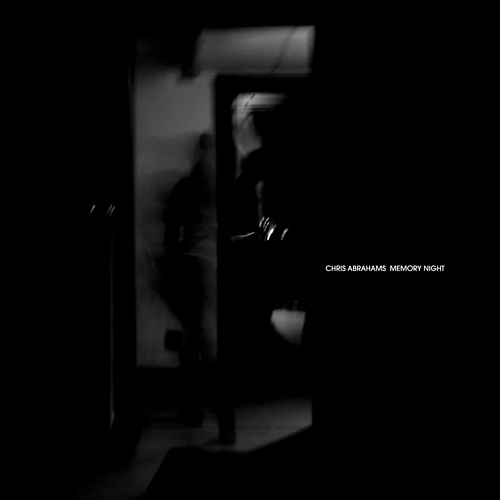 Chris Abrahams Memory Night Room40 Chris Abrahams works more conventionally as the pianist for the Necks, but his solo music is far more interesting to me. Memory Night is something altogether different than its predecessor, Play Scar. Somehow it feels more visceral to me — whether you like it or not, this music is likely to evoke a strong response. It’s divided into four pieces, with a faint hum and texture leading off the first half of “Leafer.” The track progresses with a crescendo of feedback before it tumbles into a shifty cacophony of metallic surface scrapes, like someone wrestling with air ducts progressively more wildly as it proceeds. “Bone and Team” is a different kind of texture, a tiny racket of piano tickling, clanging triangles, and other sounds I can’t quite identify. Is that a disembodied guitar? Strange stuff; this music gets under my skin. There are slight references to some of the more overt musicality of Play Scar, but none of the obviousness. When the second cut ends with a prolonged organ drone, it’s not at all like the elegaic poise of his last one. “Strange Bright Fact” seems like onomatopoeia, a swirl of both high and low end textures and sounds, zipping across the stereo spectrum from left to right and back again. When Abrahams’ piano comes through bright and clear, it’s startling but somewhat of a relief, something familiar to hold onto. But it’s fleeting; the remainder of the piece sounds like a chorus of bats screeching. (Somehow it all works!) “Stabilised Ruin” feels like a deconstruction of that piano and other ideas explored on the first few cuts, but nothing is obvious. Abrahams has a knack for manipulating sound and moving it far from its source into something otherworldly, and these four pieces are no exception. Memory Night could not be further from easy listening, but those interested in the outer limits of improvisation and sound tinkering will find delight in its strange world. |
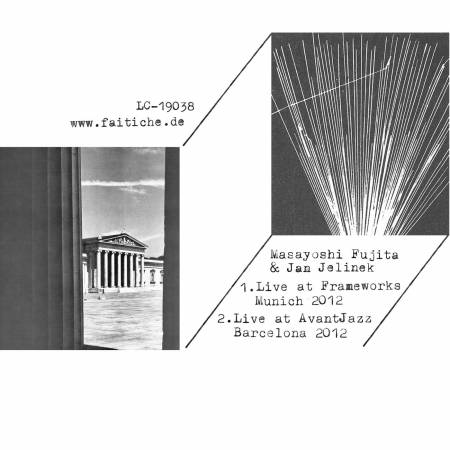 Masayoshi Fujita & Jan Jelinek Do You Know Otahiti? Faitiche Jan Jelinek, the keen mind behind projects such as the Exposures, Farben, Gramm, and a plethora of releases under his own name, collaborates here with Masayoshi Fujita (El Fog) on two tracks before contributing two more on his own. The two live pieces with Fujita are organized around manipulated vibraphone recordings, often looping through repetitive, unusual patterns of filtered sound (almost like water percussion) while other sounds both electronic and organic are sprinkled overhead. The first goes down smooth with an esoteric jazz tinge, but the second is my favorite in its wandering patterns, looping in on itself with expansive curiosity. By comparison, Jelinek’s solo pieces are more distilled, lacking the organic immediacy of Fujita’s playing. The title track happens in two acts, the first being more of a vocal sound collage (using German-language clips that I don’t understand) and then transitioning into a more musical second half (also built around vocal fragments). It’s only in “Toton” that Jelinek introduces more of an electronic pulse, borrowing a bit from the clicks & cuts of his repertoire and fusing them with his obvious love of early computer music and sound libraries. It gallops at a leisurely pace with blips and bloops that suggest dancing without ever overtly referencing techno. This is the third in a series of four Faitiche releases that will be compiled into a collection; it’s my only listen of the series, but it intrigues me enough to dig deeper. Fans of Jelinek’s repertoire will no doubt enjoy this material, skirting the line between something as low-key as his loop-finding-jazz-records and hinting at his more active work as Farben. It’s cool to hear the collaborative angle coming through so nicely on the first two cuts, something that sets these apart from the rest. The final installment and compilation was released on Faitiche in September.
|
|
Reviews by Matthew Mercer of Ear Influxion.
Republished on Headphone Commute with permission of the author.


